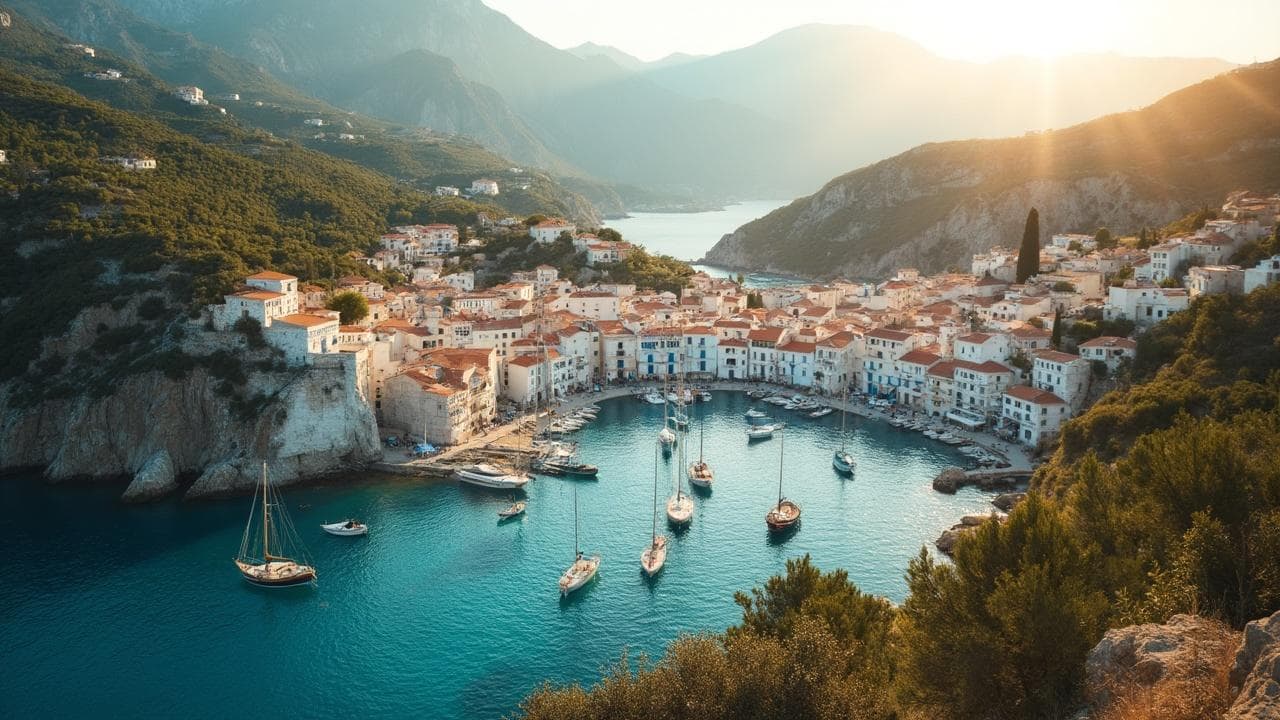Embarking on a journey to uncover Bali’s rich biodiversity invites an adventure into a realm where the intricate dance of wildlife and nature unfolds in the most mesmerizing ways.
Bali, an island celebrated for its lush landscapes and vibrant culture, offers a sanctuary for exotic animals and hidden treasures that beckon the curious traveler.
Reflecting on my experiences as a digital nomad, constantly seeking destinations untouched by the mainstream, Bali presented itself as an all-encompassing tapestry of life that captivates and educates.
In this article
- Exploring the fauna of Bali
- Challenges and conservation
- Shared responsibilities
- A vision for the future
Exploring the fauna of Bali
One cannot discuss the wildlife in Bali without highlighting the ubiquity of the long-tailed macaque. These simian inhabitants are not just a common sight but are integral to the Balinese culture, inhabiting sacred temples and forests.
The Ubud Sacred Monkey Forest, a sanctuary not just for these mischievous primates but also for spiritual seekers, illustrates the harmonious existence between humanity and nature. The macaques, despite their sometimes overly friendly nature, remind us of the delicate balance we share with the animal kingdom.
However, Bali’s wildlife narrative extends beyond the playful monkeys. The island’s coastal ecosystems are home to numerous sea turtles, including hawksbills and green turtles.
Conservation efforts, such as those by the Turtle Conservation and Education Centre, illuminate the imperative of protecting these magnificent creatures against the threats of poaching and habitat destruction. Their survival is paramount to ecological balance and the sustenance of local communities and cultures.
Bali’s verdant jungles and serene waters are a haven for many other species.
From the majestic birds that soar across its skies to the deceptive stillness of its reptilian dwellers, each creature adds a unique thread to the island’s environmental tapestry.
This biodiverse multitude includes the critically endangered Bali starling, a stark reminder of the fragility of island ecosystems.
Challenges and conservation
Unfortunately, the tale of Bali’s wildlife is tinged with habitat loss and species endangerment challenges.
My travels across Southeast Asia have exposed me to the harsh realities of deforestation and wildlife trafficking, issues that are all too prevalent in these paradise-like destinations.
Bali, despite its ethereal beauty, is no stranger to these threats. The extinct Bali tiger and the critically endangered Bali myna highlight the urgent need for conservation efforts that can pivot the fate of these species toward a brighter future.
In a positive light, Bali has seen a resurgence of community-led conservation initiatives. Grassroots movements and local NGOs work tirelessly to rehabilitate and protect the island’s natural inhabitants.
Bali’s wildlife parks and sanctuaries, such as the Bali Bird Park and the Bali Reptile Park, are leading the charge in educating visitors about the critical importance of wildlife preservation. These institutions provide a haven for various species and insight into Bali’s ecological richness.
The challenge, however, remains in balancing tourism and conservation. As a traveler deeply invested in exploration ethics, I’ve learned the importance of supporting eco-friendly practices that respect and protect the natural and cultural heritage of destinations like Bali.
It’s a call to all of us to tread lightly and embrace responsible tourism as a catalyst for positive change.
Shared responsibilities
Our collective responsibility towards preserving Bali’s natural heritage cannot be overstated.
Each visit to this magnificent island can potentially contribute to its conservation or decline. It’s crucial to recognize the power of informed choices – from the tours we book to the products we buy and even our interactions with local wildlife.
On a personal note, during a visit to the Ubud Monkey Forest, I was reminded of the intricate balance between tourist interaction and wildlife welfare. Feeding the monkeys may seem benign but significantly disrupts their natural foraging behavior.
When amplified by thousands of visitors, such small actions can profoundly impact wildlife behavior and habitat health. This experience underscored the importance of respecting wildlife guidelines and supporting conservation-minded attractions.
Furthermore, the role of technology in fostering sustainable tourism practices offers a beacon of hope. Through these articles, I endeavor to spotlight eco-friendly travel options that encourage wildlife preservation, empower local communities, and minimize environmental footprints.
Sharing knowledge and experiences can inspire a collective movement towards a more responsible and mindful way of exploring our planet’s wonders.
A vision for the future
Many dream of a future where Bali’s wildlife thrives alongside its burgeoning tourism industry.
This dream entails a concerted effort from all stakeholders—local authorities, conservationists, tourists, and local communities—to forge a sustainable coexistence. Prioritizing eco-tourism, supporting conservation efforts, and educating visitors about the ecological value of Bali’s wildlife is pivotal.
The journey to safeguarding Bali’s natural heritage is ongoing. However, with increased awareness and concerted efforts, we can ensure that future generations will still be able to marvel at its diverse and vibrant wildlife.
Let’s embrace the spirit of adventure with a renewed commitment to conservation, ensuring that Bali remains a sanctuary for us and all its natural inhabitants.
As explorers of the world, we are responsible for protecting the environments we are privileged to experience. Bali, with its exotic wildlife and hidden animal sanctuaries, is a poignant reminder of the beauty we stand to lose if we do not act conscientiously.
Through my travels, I’ve come to appreciate not just the thrill of discovery but also the imperative of preservation. Let our journeys through Bali and beyond leave a legacy of stewardship and respect for the natural world.



